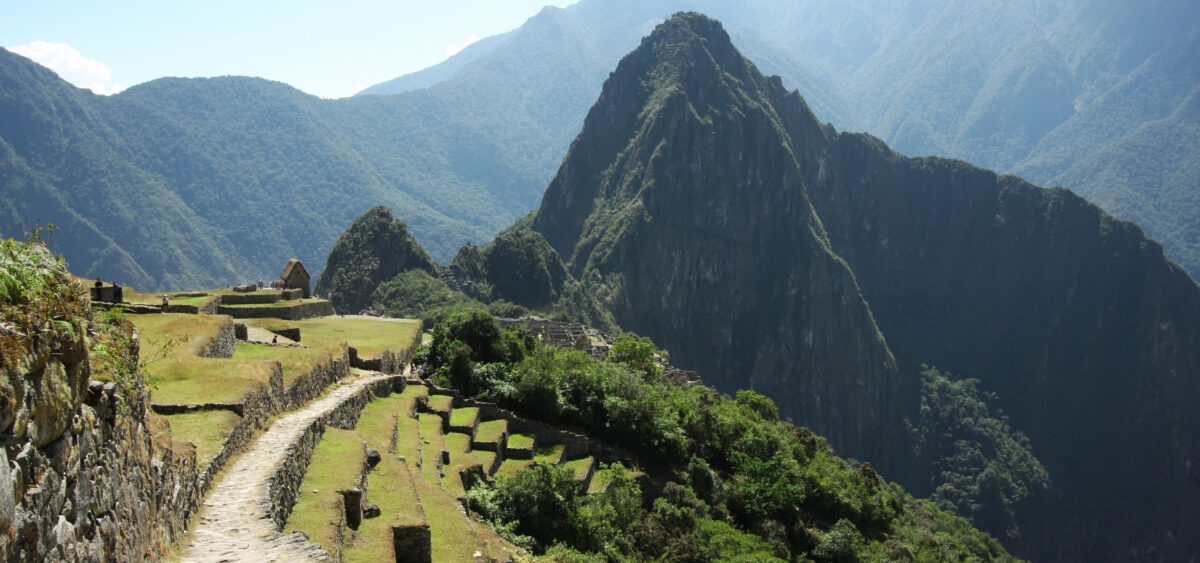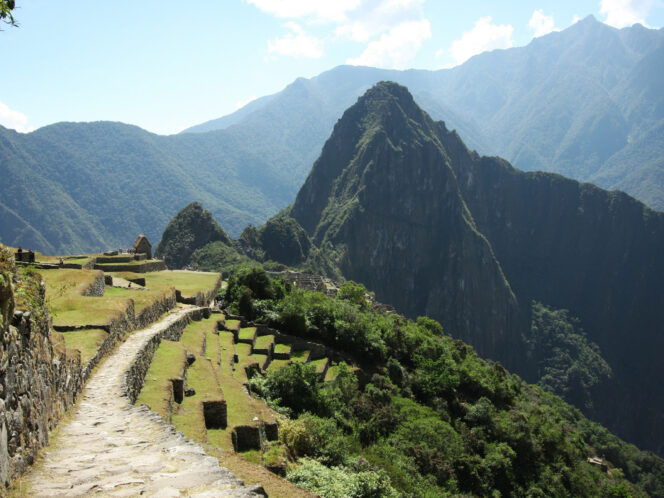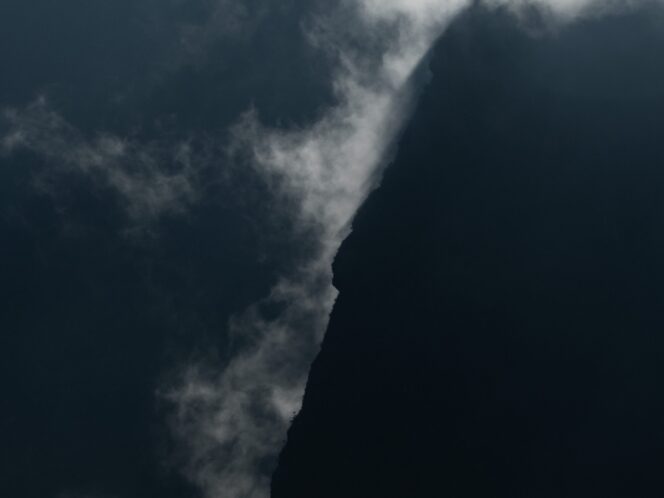
The network of roads, bridges and tunnels built by the Inca adds up to tens of thousands of kilometres of impressive infrastructure, spreading out along the Andes and the Pacific coast. It was used by travellers and for goods transport, but it served primarily to transmit information and ideas.
Even though today the Qhapaq Ñan (Royal Road), covering almost the entire Andean region, is associated primarily with the Inca, the origins of the roads and the accompanying structures significantly predate the expansion of this group and the building of their powerful state. The results of archaeological research allow us to date the oldest remnants of the transport network to several centuries before our era. The trails that merchants and pilgrims most likely moved along were used and perfected over successive centuries, along with the dynamic social and political development of the western regions of South America. Particularly noteworthy are the routes from the period of the Wari states’ hegemony (more or less 600–900 CE), when the entire transport network was created and technologies were improved so that they guaranteed efficient movement of armies and central administrative control over the sprawling territories that were being taken over. The infrastructure of the day still covered the Andean region unevenly, depending on whether the area was inhabited by a greater or smaller population, and on the capabilities of the local labour force. But the main routes from that era were used as the basis for the systematically expanded network, which reached its maximum extent at the turn of the 15th and 16th centuries, when the Incas’ Tawantinsuyu state was dominant. Without a doubt, the Qhapaq Ñan was one of the key elements of the integration of the regions that found themselves under Inca rule.
Over mountains and rivers
The








